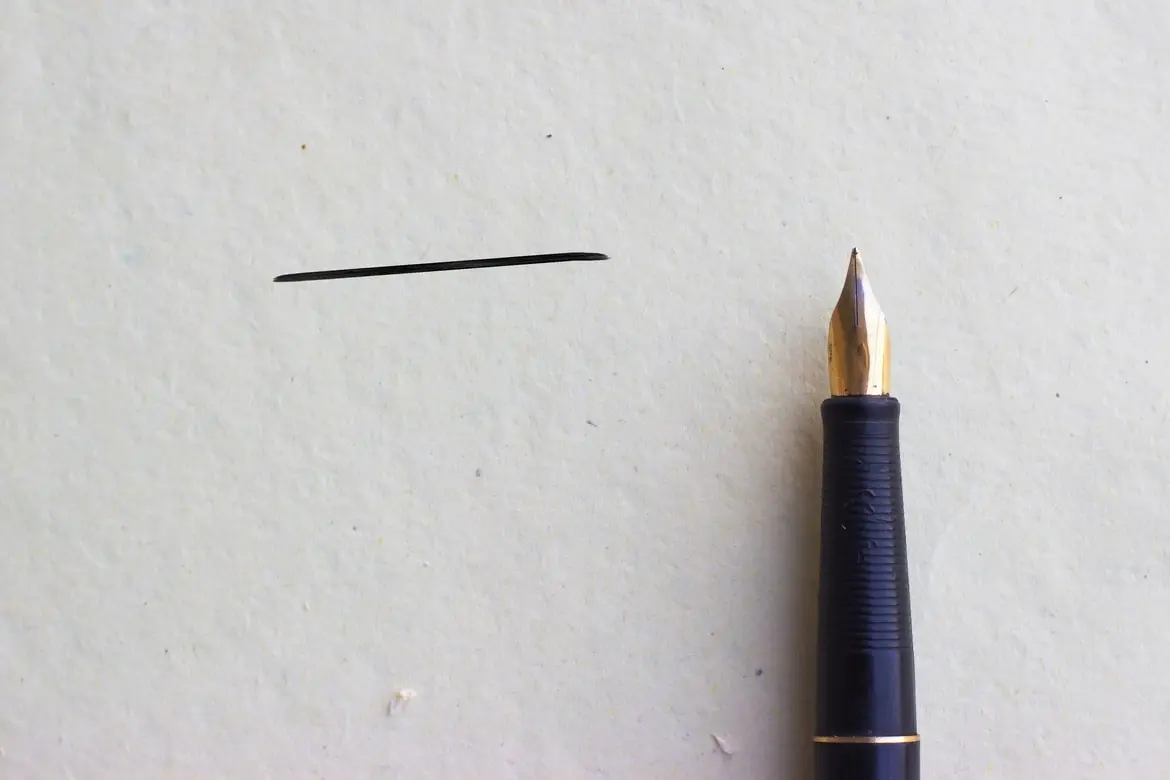Dr Chang Kin Yong Stephen
General Surgeon


Source: Shutterstock
General Surgeon
In the past, large incisions were often necessary to perform almost any surgery. However, in recent years, the rise of minimally invasive techniques has allowed surgeons to improve outcomes by avoiding long cuts. Dr Stephen Chang, general surgeon at Mount Elizabeth Hospital, explains how improvements in minimally invasive surgery allow patients to face shorter recovery time and less discomfort, and is replacing the need for open surgery in many clinical scenarios.
According to Dr Chang, 'Minimally invasive surgery basically involves multiple small incisions, so there is less trauma to the patients' skin and muscles.' In fact, he adds that a new procedure called the single-incision laparoscopic surgery (SILS) offers even greater benefits with one single cut.
This is because advancements in the way surgical instruments are manufactured offer smaller tools that are able to adapt to the internal structures of the body. 'Thanks to these improvements, we can squeeze all the instruments into one small incision that is 10 – 15mm long,' says Dr Chang.
In comparison with traditional laparoscopy, the most significant advantage of SILS is the single incision/cut, which significantly reduces pain, lowers the risk of infection for patients and expedites their recovery. SILS is also cosmetically more effective than conventional laparoscopic surgery because it leaves no visible scar. Since the instruments are usually inserted through the belly button, the resulting scar is concealed by the navel.
Dr Chang says, 'Patients who experienced SILS were happier in terms of cosmetic results and pain perception.' A clinical trial that monitored 100 patients who had their gall bladder removed either through SILS or conventional laparoscopy demonstrated that SILS was better able to reduce pain.
More crucially, Dr Chang emphasises that SILS reduces the risk of major nerve injury – a common complication associated with standard laparoscopy and open surgery. Thus far, SILS is a rapidly evolving technique that has been successfully used by surgeons to operate on the gall bladder, the liver, as well as the appendix and the pancreas.
In the treatment of liver cancer, SILS provides an additional advantage for patients who relapse and require a 2nd surgery. To get a better view of the patient's intestine, surgeons just need to add on a cut that is slightly longer than those made during traditional laparoscopy. This single cut thus decreases the risk of adhesion, in which parts of the intestine get stuck together.
Nonetheless, despite its benefits, SILS is not recommended in all circumstances. For instance, some tall patients cannot undergo it unless the surgeons have instruments that are long enough to perform the procedure.
In addition, the shape of the instruments may not be suitable for operations that involve stitching 2 structures inside the body. Dr Chang cautions, 'When the position of the organs is difficult to reach, then SILS is a more challenging option.' To solve this problem, he suggests using another minimally invasive surgery, where surgeons use robotic arms to perform the operation.
However, in cases when a tumour is too close to a major blood vessel or when there is severe inflammation, Dr Chang qualifies that neither SILS nor other minimally invasive techniques can be performed, so the patient still requires an open surgery.
Dr Chang believes that SILS will take some time to replace conventional laparoscopic surgery as a common practice because there remains quite a learning curve. 'There are certain tricks that we need to know to prevent any complications,' he says.
However, Dr Chang adds that 'the key to increasing a widespread application of SILS is to create patient awareness.' By promoting its benefits, more patients will request to undergo this procedure, hence more surgeons will be encouraged to acquire the skills of this technique.